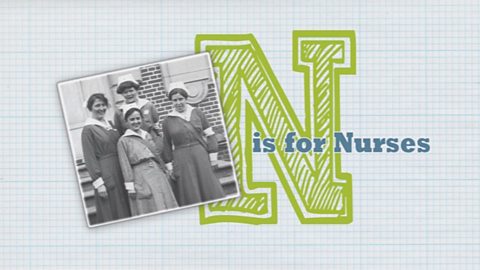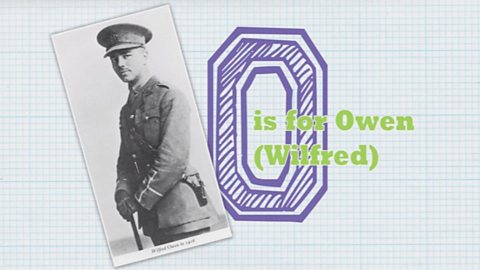Video summary
Newsreel and commentary about the advances in medicine made during World War One.
These include pioneering work on X-rays and blood transfusions, which were widely used for the first time during the conflict.
Antiseptic was also used, and research during and after the war eventually led to the development of antibiotics.
However, during World War One, antiseptic medicine was very basic, and even a small injury could sometimes result in infection or death.
Contains potentially upsetting content; teacher review is recommended before use in class.
Teacher Notes
Pupils could develop a timeline, showing when X-Rays, antibiotics and blood transfusions were first discovered or employed.
They could use a range of information sources, such as books and websites to find out more.
What are the names and life stories of the scientists most closely associated with these developments?
This short film is suitable for teaching history at Key Stage 2 / Second Level or above.
L is for Lusitania. video
Newsreel and a dramatised monologue about the Lusitania, a passenger ship that was sunk by a German U-Boat off the coast of Ireland.

N is for Nurses. video
Commentary, newsreel and dramatic monologue describe the role of nurses during WW1, including the work of Edith Cavell.

O is for Owen (Wilfred) video
Commentary, newsreel and dramatic monologue introduce Wilfred Owen, today one of the most widely recognised WW1 poets.
